Monsoon Awareness Week is June 8-14, 2025
Summer in the SouthwestEach year, a variety of weather related dangers affect the American Southwest, especially from late spring into early autumn. Through a collaborative effort between SW U.S. National Weather Service offices, the time period from June 15th through September 30th has been defined as "The Monsoon." A period of extreme heat is typically ongoing at its onset, which in the coming days or weeks is followed by an influx of moisture leading to daily rounds of thunderstorms. The heat is deadly in its own right, causing more deaths than any other weather hazard in the region each year. In addition, thunderstorms present an array of hazards which often strike suddenly and with violent force. Lightning strikes, high winds, dust storms, wildfires, tornadoes, flash flooding and extreme heat cause numerous deaths and injuries along with tens of millions of dollars of damage each year (see www.ncdc.noaa.gov/stormevents/). Road closures, as well as power and communication outages are additional consequences of monsoon weather hazards. Every June, SW U.S. NWS offices work with public safety partners and broadcast media to observe Monsoon Awareness Week with the goal of reducing the number of deaths, injuries and property damage caused by weather related dangers that occur during the monsoon. Through education about proper precautionary actions to be taken, lives can be saved and property losses can be minimized. Warning Information for Monsoon SeasonArmed with Doppler radars, powerful supercomputers, advanced weather satellites, automated weather and stream gages, and an advanced lightning detection network, forecasters at the National Weather Service are able to provide highly accurate severe weather warnings. Advanced National Weather Service computer systems now allow warnings to be generated in seconds for highly detailed areas. Those warnings are then transmitted to the public, the media and emergency management officials via NOAA Weather Radio, the Emergency Alert System, and the Internet. Television meteorologists play critical roles in the warning process. They relay National Weather Service warnings to the public and provide additional detail about the storms, what they are doing and where they are going. Weather Terminology — Understanding Watches, Warnings, and Advisories
Warnings are not issued for lightning, mainly because most thunderstorms, no matter how weak, produce deadly cloud-to-ground lightning.
Weather Statistics
|
|
Although the monsoon brings welcome rains and relief from the summer heat, the thunderstorms that come with the Click here for printable weather safety brochures
Planning aheadThe best way to avoid lightning, flash floods, and other dangerous conditions is by not being in danger in the first place. Many ways are available to gain weather information including:
Disaster Supply Kit ContentsEvery family should prepare a family disaster supply kit in the event of severe weather conditions. The disaster supply kit should contain essential items such as food, water, and sturdy clothing, to sustain a family for up to three days since electric power, gas and water services may be interrupted.
Flash Flood Safety
Many governmental agencies are dedicated to alerting the community to road closures during our thunderstorm season. City of Tucson's Operation Splash and Pima County Department of Transportation pre-deploy barricades and emergency flashers to locations where they know water will be running across roadways, causing major problems for motorists. Local law enforcement and fire departments pre-deploy response teams into areas that are known to become inaccessible during heavy rain and runoff conditions. More deaths each year occur due to flooding than from any other thunderstorm-related hazard because people underestimate the force and power of water. Many of the deaths occur in automobiles that are swept downstream. Turn Around Don't Drown™ Safety Tips
Lightning SafetyWhen thunder roars, go indoors!
When you see a flash, dash inside! If fewer than 30 seconds elapse between the time you see a flash and hear the thunder, then the flash is less than 6 miles away. Research has shown that the most successive flashes are within 6 miles, which means that you should have reached a safe place if lightning is less than 6 miles away. However, lightning may strike up to 10 miles away from the parent storm. If someone is struck by lightning, call 911 immediately.
Outdoor Safety
Indoor Safety
Power and Communications Outage SafetyPower and communications outages can be more widespread and last longer than a thunderstorm. Be ready for outages inside and outdoors by taking precautions and actions to minimize inconvenience and maximize safety. Protect sensitive electrical equipment by installing power protection devices that can be purchased at department, hardware or electronics stores. Indoor Safety
Outdoor Safety
How Storms Affect the Delivery of Electric Power
Thunderstorm Winds
Dust Storms
TornadoesTornadoes do occur in Arizona--on average about 4 each year. Most tornadoes develop from the ground up when a dust devil is drawn upward by thunderstorm updrafts. When contact is made with the cloud base, a "landspout" tornado is formed. While they do not last long, they can occur with very little advanced notice, and can do considerable damage. If you see a tornado, take the same precautions you would for a severe thunderstorm. Move inside a strong building away from windows. A small, central, interior room like a bathroom is best.
HailLarge hail is defined as being greater than 1" in diameter. Hail the size of golf balls may occur, but is more common in the mountains and mid elevations. If possible, move your vehicle to a carport or garage to protect them from hail damage, but do so well ahead of time. But do not put your life at risk! Lightning and straight line winds are far more dangerous than hail. Small hail driven by powerful thunderstorm winds can also cause damage. Sometimes substantial amounts of small hail can also cause hazardous road conditions.
Extreme Heat
|
Thunderstorms and Your Insurance PoliciesThe following topics are all important and should be discussed with your personal insurance agent at least every few years. Hundreds of thousands of people each year are impacted by thunderstorms. Unfortunately, too many of them are surprised when they try to make a claim on their insurance only to find out they had no protection for certain losses under their policies. A bad thunderstorm should only ruin your day, not your life. Not having the right protection at the wrong time can be financially devastating. How to Minimize Your Storm Related Losses
What to do if you experience a storm related loss
|
|
||
|
|
||
|
American Red Cross Southern Arizona Chapter |
 |
|
|
|
||
|
City of Tucson, Department of Transportation, Stormwater Management |
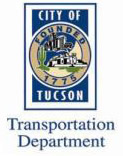 |
|
|
|
||
|
|
 |
|
|
National Park Service |
||
|
|
||
|
Northwest Fire/Rescue District |
 |
|
|
|
||
|
Pima Association of Governments |
 |
|
|
|
||
|
Pima County Department of Environmental Quality |
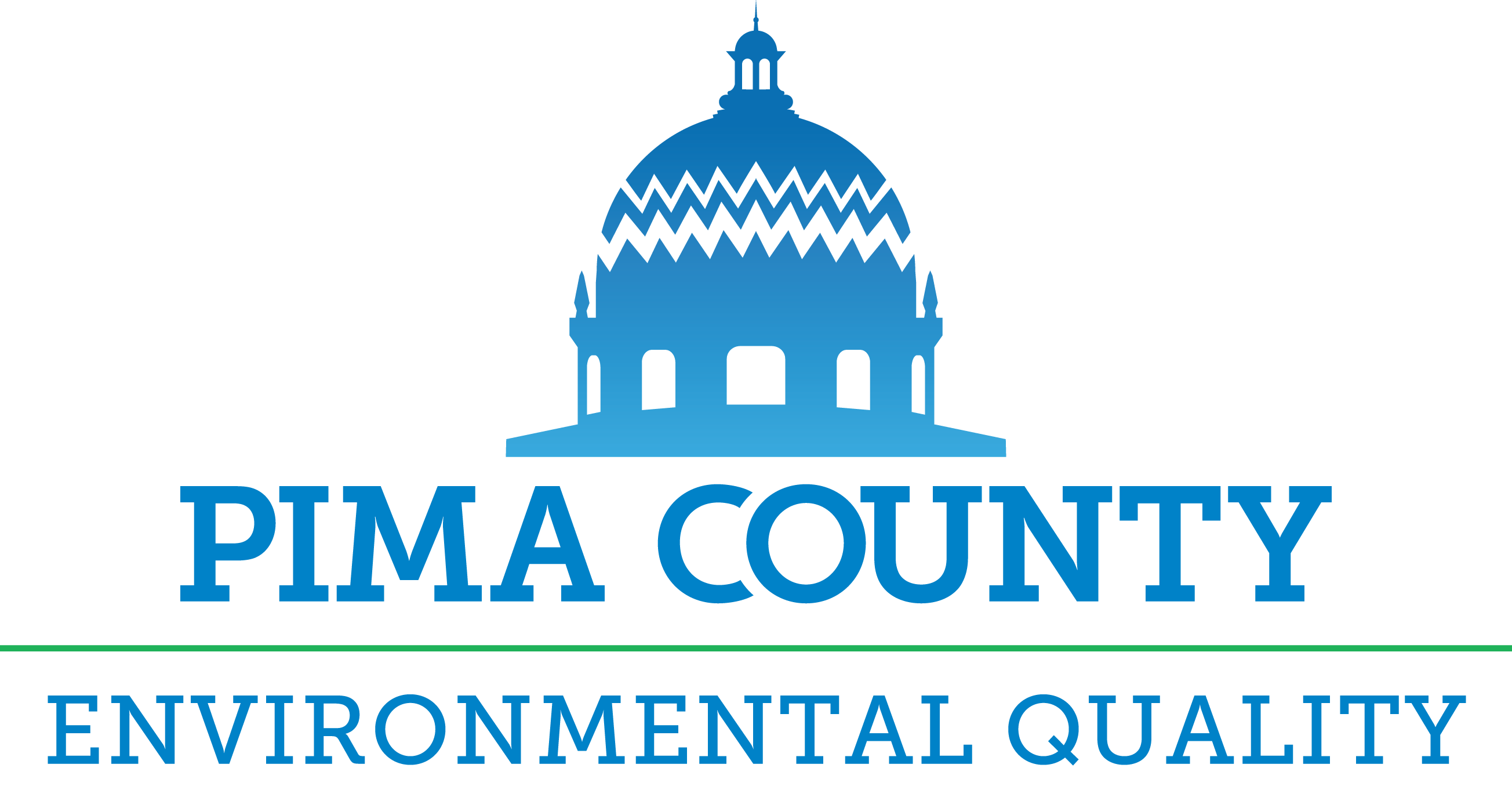 |
|
|
|
||
|
Pima County Office of Emergency Management and Homeland Security |
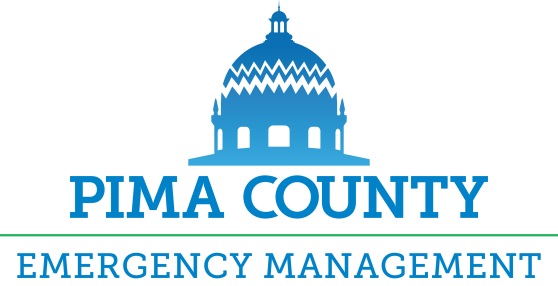 |
|
|
|
||
|
Pima County Sheriff |
 |
|
|
Pima County Sheriff's Department Road Information Hotline: 520.547.7510 |
||
|
|
||
|
Pima County Regional Flood Control District |
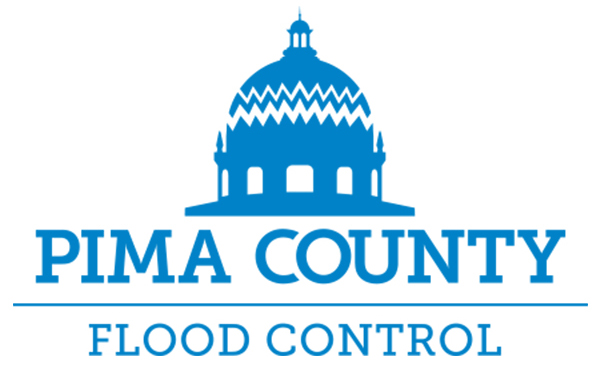 |
|
|
|
||
|
Rural/Metro Fire Department |
 |
|
| https://www.ruralmetrofire.com/ | ||
|
|
||
|
Sabino Canyon Recreation Area, Coronado National Forest |
 |
|
| https://www.fs.usda.gov/coronado
|
||
|
|
||
|
Southern Arizona Rescue Association |
 |
|
|
|
||
|
|
||
|
Tohono O'odham Nation |
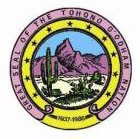 |
|
|
|
||
|
Tucson Area Community Emergency Response Teams |
 |
|
|
|
||
|
Tucson Electric Power |
 |
|
|
|
||
|
|
||
|
Tucson Fire Department |
 |
|
|
|
||
|
|
||
|
USGS Arizona Water Science Center |
 |
|
|
|
||
|
Vaisala, Inc. |
 |
|
|
|
||